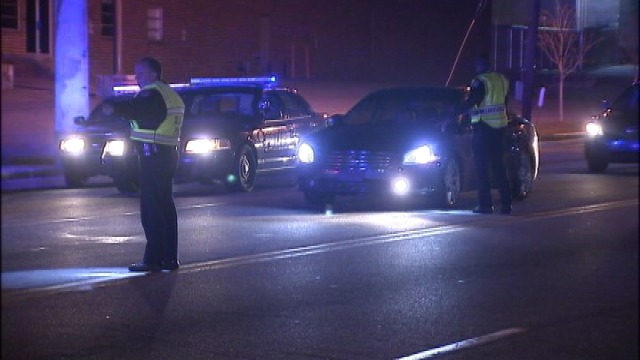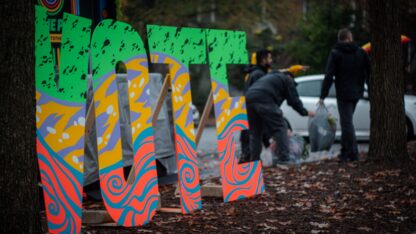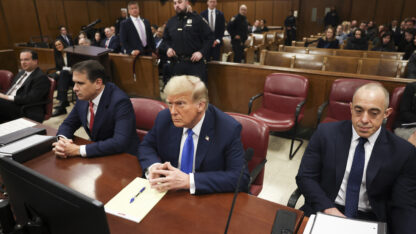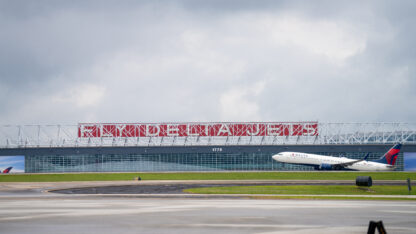APD Uses Checkpoints to “Increase Visibility.” But is That Legal?

Photo courtesy of WAGA-TV
Look at the crime stats for Atlanta’s Zone 2, which includes Buckhead, and you can understand why residents are concerned.
In January, robberies were up 440% compared to a year ago. Aggravated assaults increased 200%. Auto theft, up 22%.
To help combat crime, Atlanta Police Dept. officers set up a traffic stop Thursday night on Lenox Road.
“We know a lot of times the individuals who commit those crimes in the Zone 2 area are driving into the area,” said APD Major Van Hobbs speaking to WAGA-TV last night. “So we figure with a targeted enforcement of traffic, that may help us reduce those numbers.”
Officially, APD calls Thursday’s roadblock a safety checkpoint. A roadblock conducted under such circumstances is generally considered lawful.
But was the stop on Lenox Rd. a legal safety checkpoint, or an illegal roadblock?
Major Hobbs wasn’t available for an interview , but wrote in an Email:
“Zone 2 with assistance from GSP and other APD specialized units conducted a concentrated patrol effort throughout Zone 2. A part of this effort was safety checkpoints at various locations throughout the zone. The concentrated patrol effort is a part of our plan to increase police visibility throughout the zone to keep the citizens safer.”
WABE legal analyst Page Pate says that’s illegal:
“The case law is very clear: you cannot set up a roadblock to check out cars, check licenses, for some general crime-fighting purpose, to try to make the citizens safer.”
Pate says if police are looking for a specific suspect, sure—roadblocks are legal. And checkpoints for traffic safety purposes are also legal, he says.
But that’s not how APD structured the traffic stop.
APD spokesman Carlos Campos declined an on-tape interview, but said of the blanket traffic stops, “We do them all over the city. We do it all the time. If someone thinks there’s an issue, they can do what they need to do.”
9(MDAxODM0MDY4MDEyMTY4NDA3MzI3YjkzMw004))








